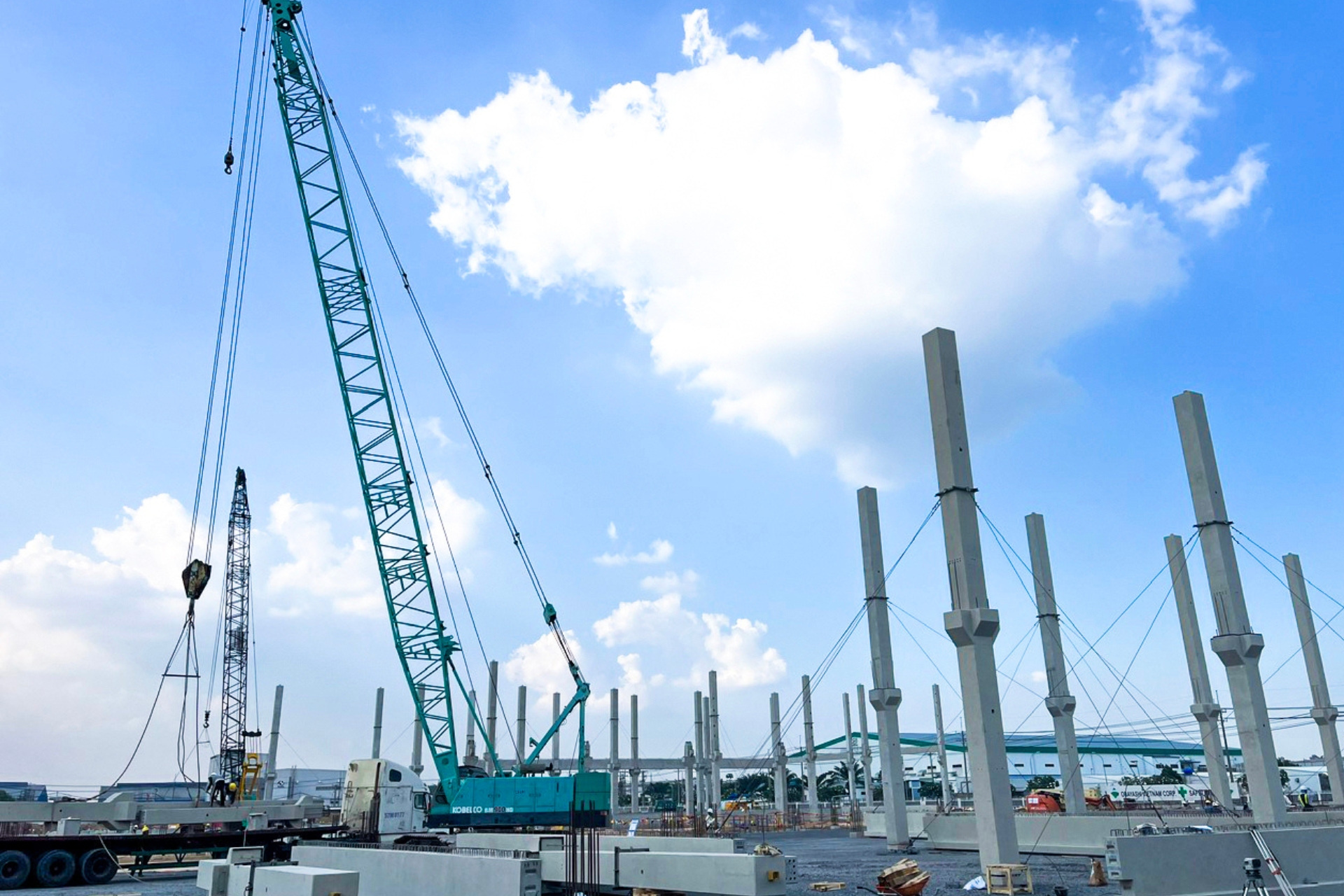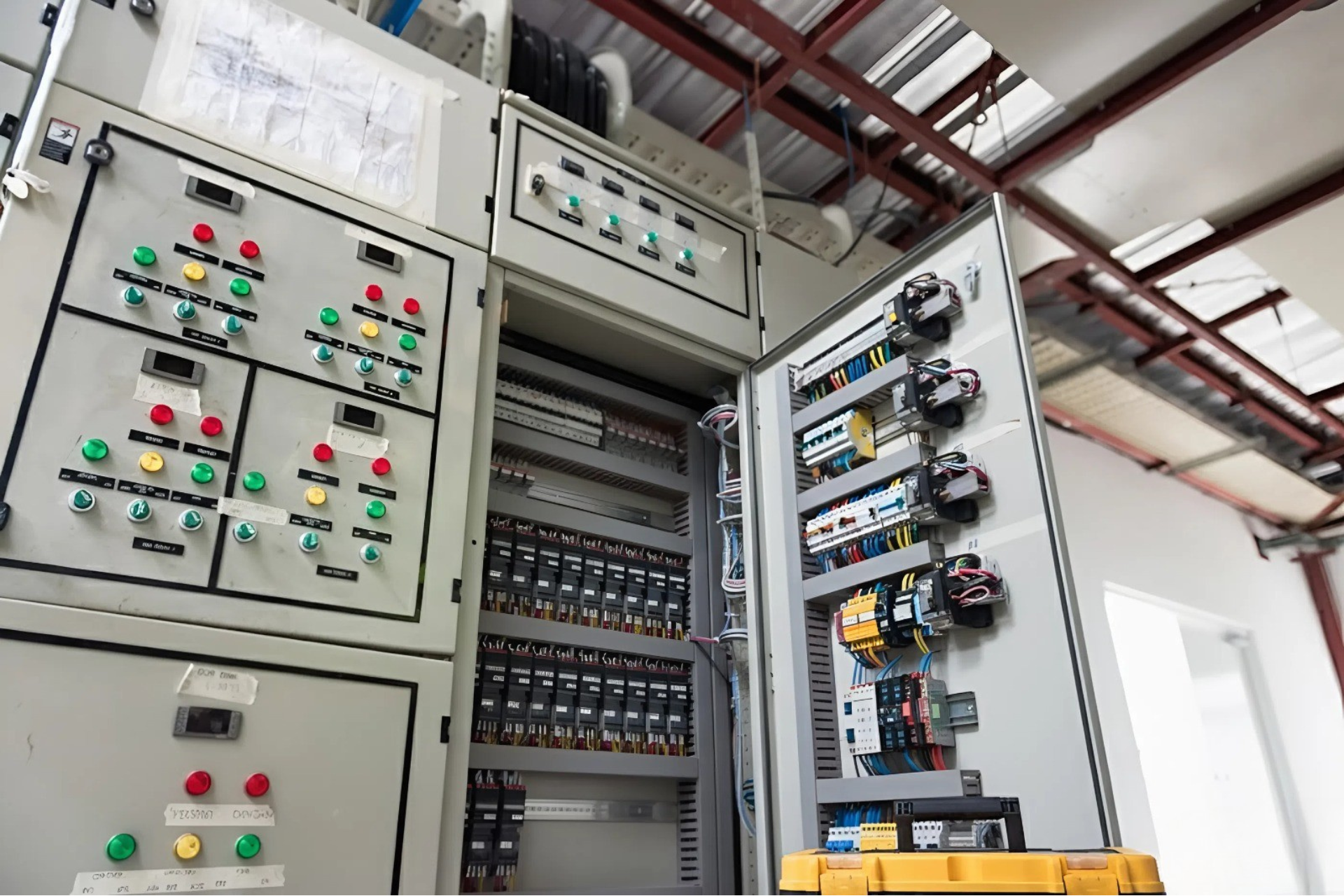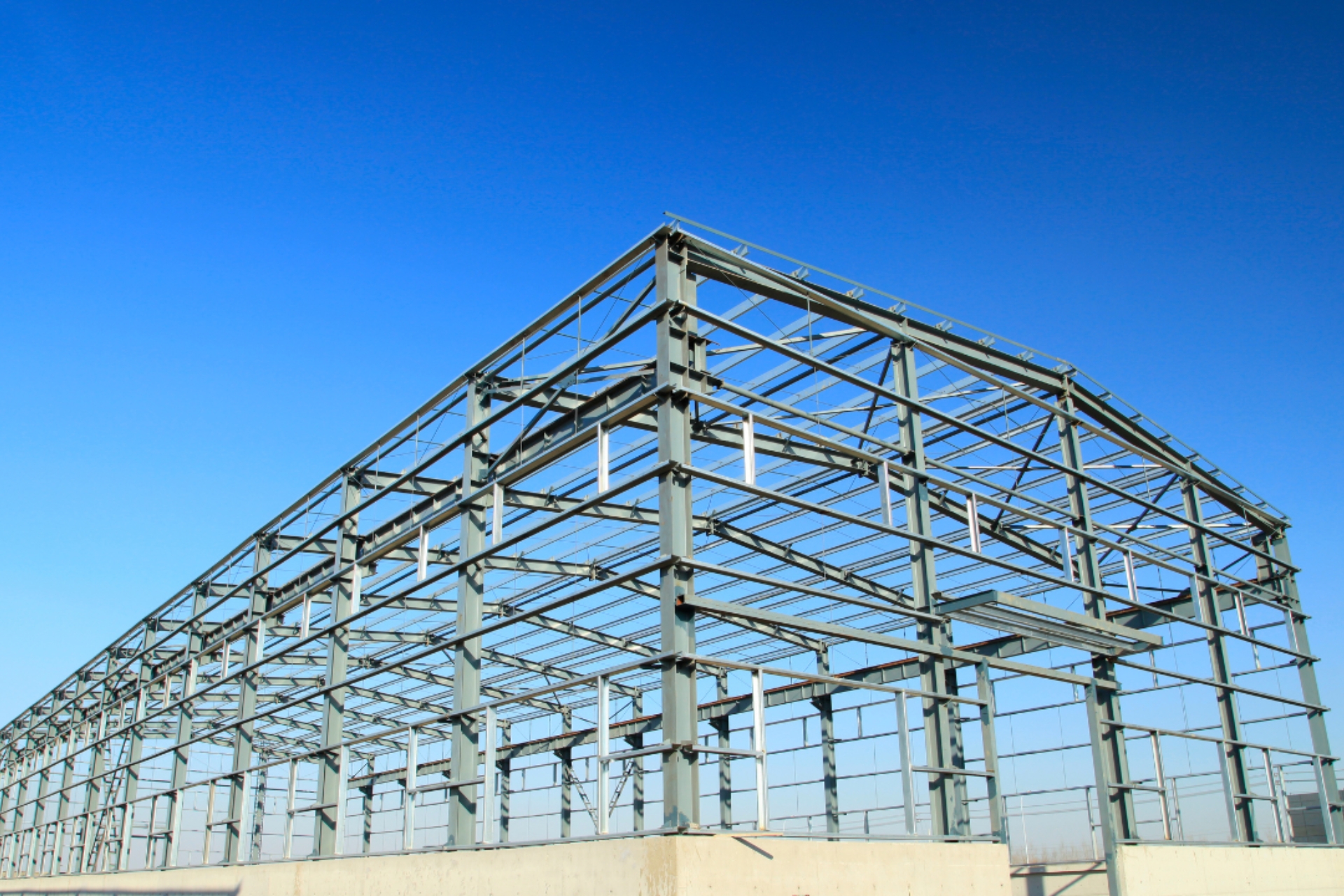
Comparison between pre-engineered steel buildings and reinforced concrete factories
Choosing the factory structure is one of the most important decisions before selecting a contractor for the design and construction of an industrial factory. This decision affects investment costs, construction progress, and the operational efficiency of the plant. Pre-engineered steel structures and reinforced concrete are the two most common types of structures today, each with certain advantages and limitations. In the following article, TECO will provide a detailed analysis of the concepts, key advantages, and a comparison of the fundamental differences between these two types of factory structures based on specific criteria.
Overview of Pre-Engineered Steel Factories
A pre-engineered steel factory is a type of structure designed and constructed from pre-manufactured steel components produced in a factory. These components are then transported directly to the construction site and assembled using bolts, welding, or screws. Structural elements such as columns, trusses, and purlins are manufactured to specific standards and designs, helping to save time and construction costs.
Key Advantages of Pre-Engineered Steel Frame Factories
-
Fast construction time: Components are pre-fabricated in the factory, transported to the site, and quickly assembled.
-
Cost savings: Lightweight materials, rapid construction, and reduced labor costs. Additionally, steel structures require less formwork and heavy machinery, further lowering construction costs.
-
High flexibility: Easy to expand, renovate, or dismantle.
-
Lightweight: Steel’s load-bearing capacity is much lighter than reinforced concrete, reducing the load on the foundation and making it suitable for weak soil conditions.
-
Eco-friendly: Pre-engineered steel frame factories minimize dust emissions, noise, and excess materials at the construction site.
-
Large spans: No need for intermediate columns, making it ideal for factories requiring spacious layouts for continuous production lines, large machinery, and flexible forklift movement.
-
Reusability: Can be disassembled, relocated, and reused elsewhere.
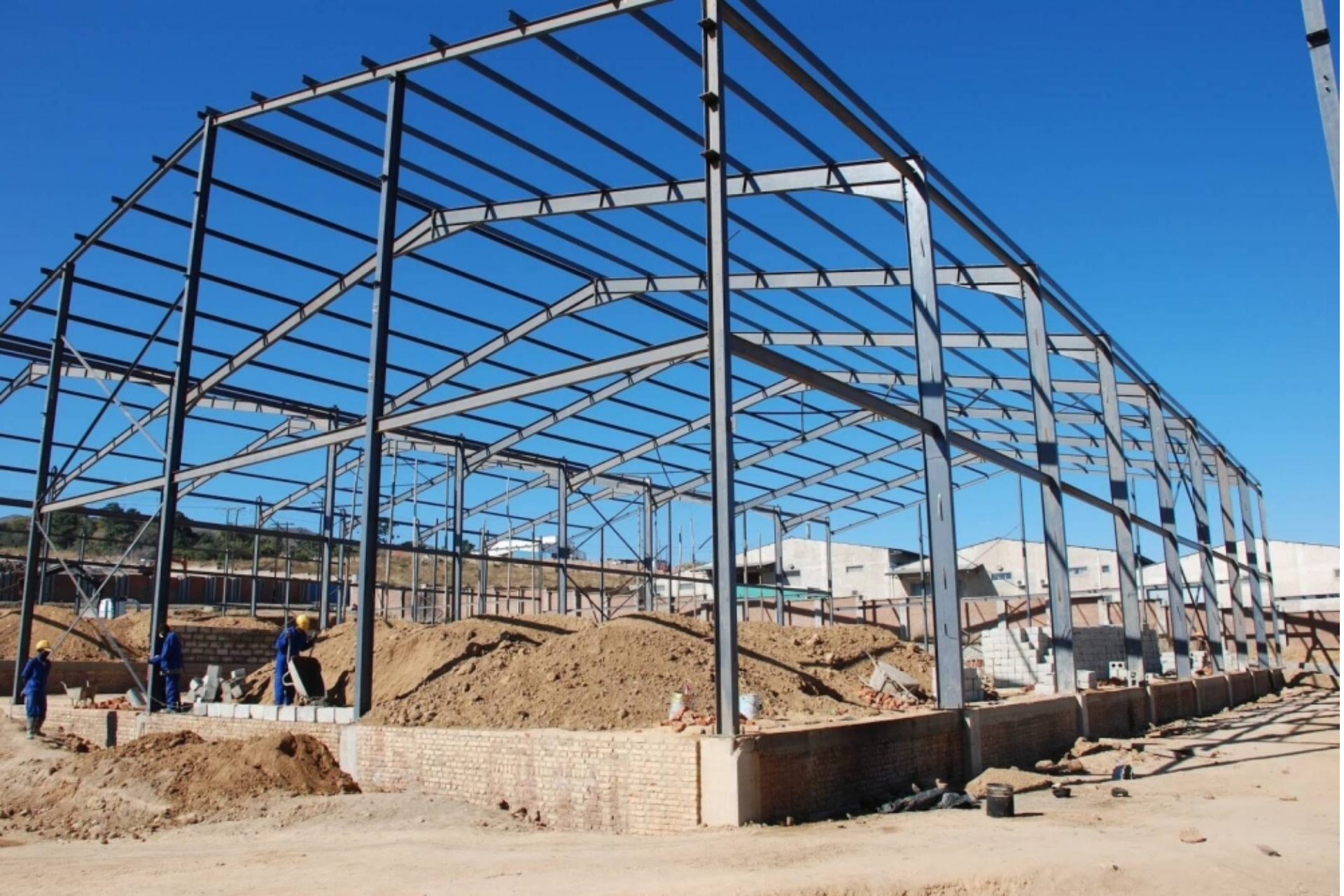
What is a Pre-Engineered Steel Factory?
Overview of Reinforced Concrete Factories
This type of structure features a load-bearing framework formed from concrete combined with steel reinforcement. Concrete resists compressive forces, while steel handles tensile forces well. To construct this type of structure, components such as columns, beams, and slabs are either cast in place or assembled from pre-cast concrete elements, creating a robust load-bearing frame for the entire project.
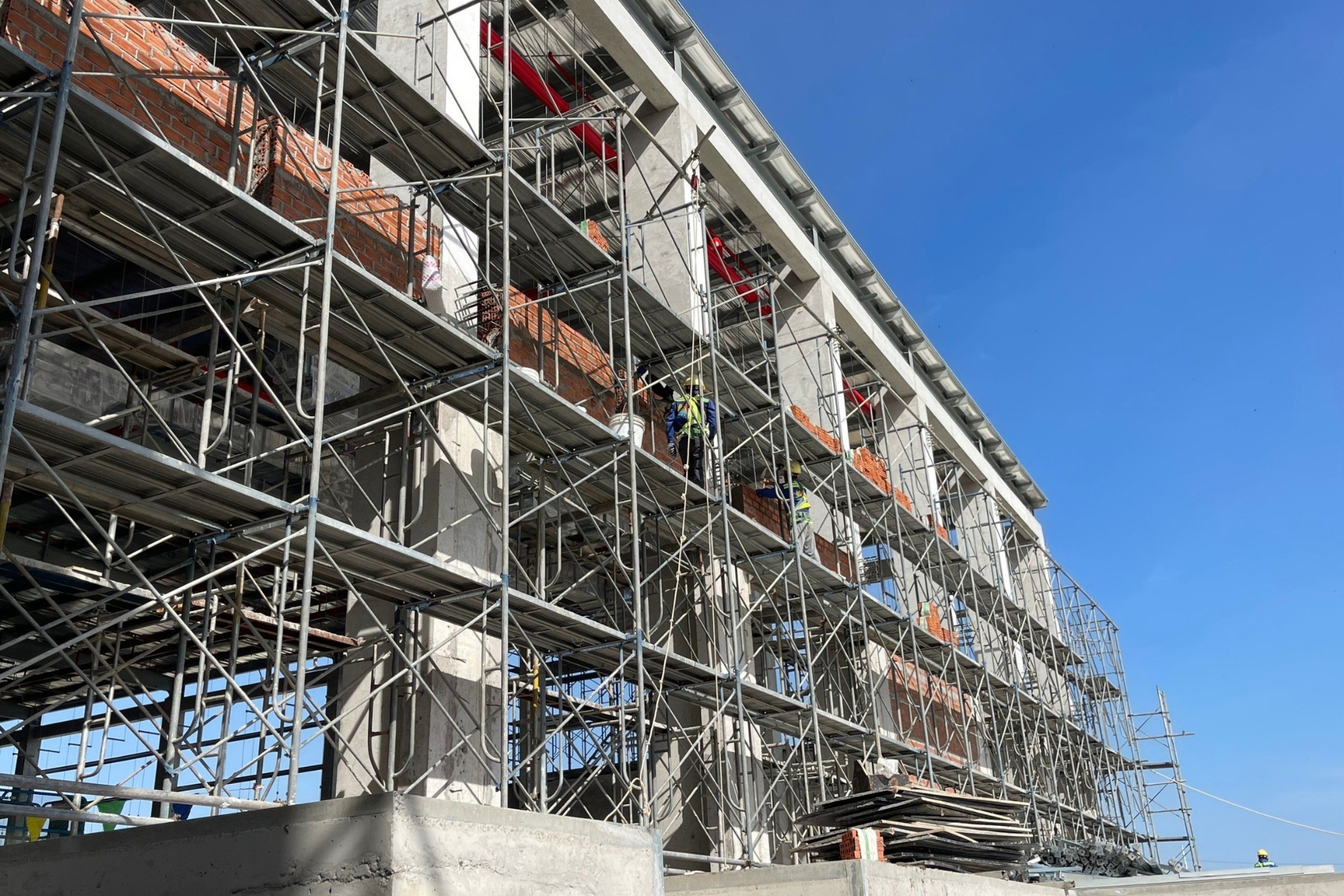
What is a Reinforced Concrete Factory?
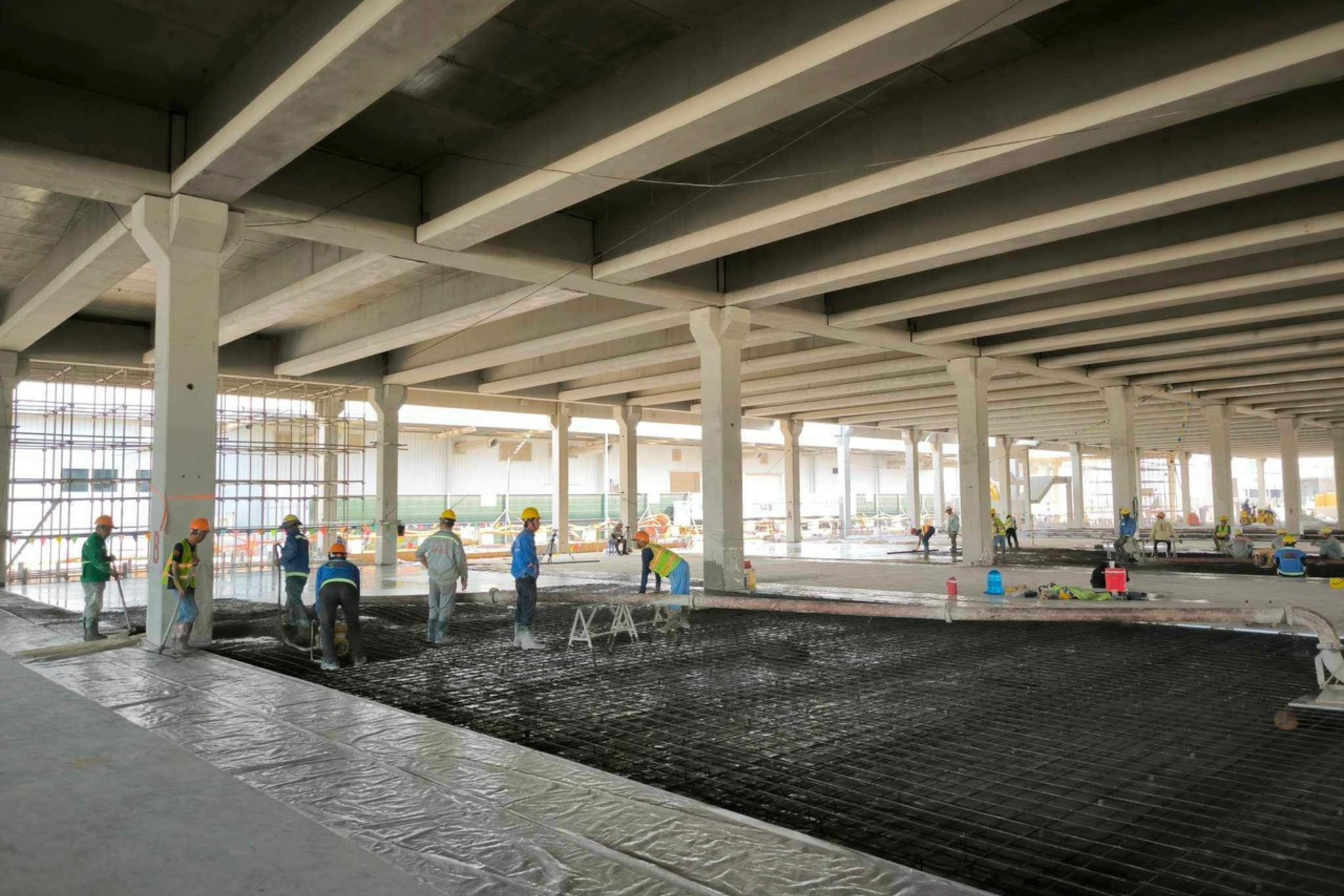
Factories Constructed from Pre-Cast Concrete Components
Below are the key advantages of factories built with reinforced concrete structures:
-
High durability: Long-term load-bearing capacity, ability to withstand heavy loads, and minimal impact from environmental conditions.
-
Effective fire resistance: Reinforced concrete is non-combustible, reducing fire risks. Concrete also outperforms metal in heat resistance.
-
Superior sound and thermal insulation: Ensures a stable working environment, less affected by external noise and temperature fluctuations.
-
Structural stability: Particularly suitable for projects requiring heavy loads or strict safety standards.
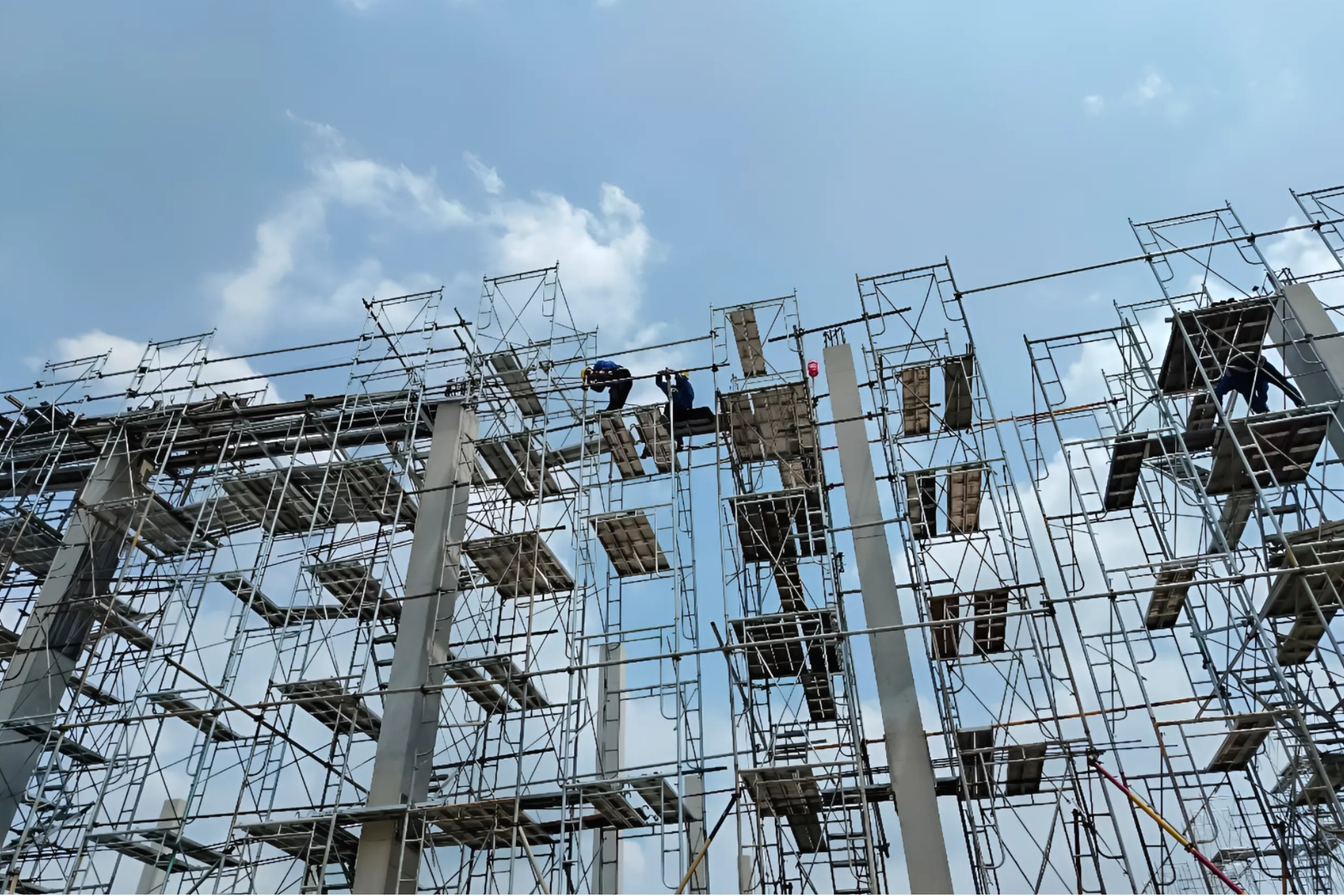
Reinforced Concrete Factories Offer High Fire Resistance
Comparison Between Pre-Engineered Steel and Reinforced Concrete Factories
Structure
-
Pre-engineered steel: Lightweight components, ability to create large spans, optimized factory space, bolted assembly, easy disassembly, and relocation.
-
Reinforced concrete: Heavy structure, requiring sturdy and long-lasting foundations. Components must be cast in place, making them solid but difficult to modify after concrete hardening.
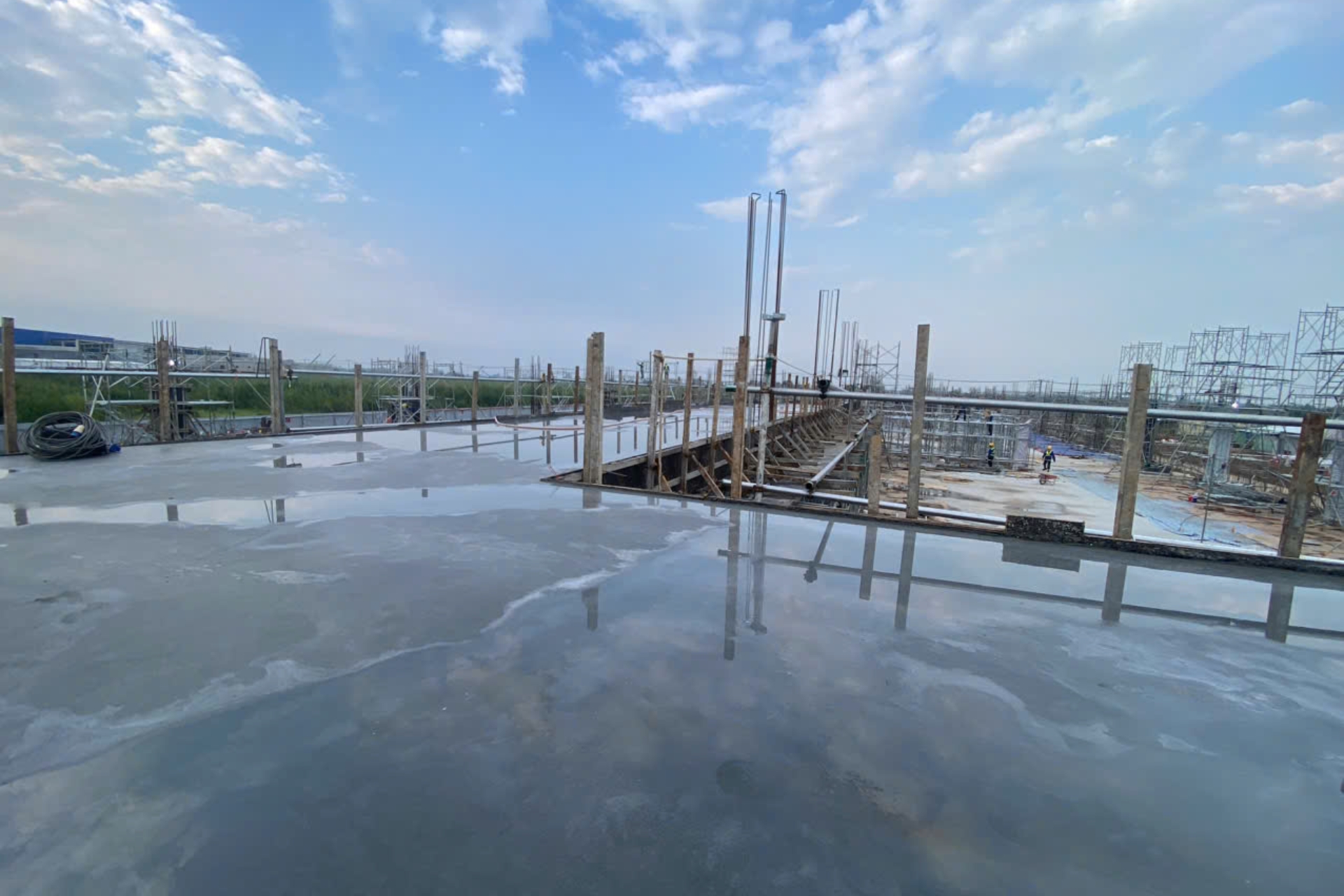
Placing concrete for the floor slab at the construction site.
Architecture
-
Pre-engineered steel: Suitable for large steel-frame factories with long spans and no intermediate columns, creating uninterrupted production space.
-
Reinforced concrete: Difficult to achieve long spans; requires multiple columns for load-bearing, limiting usable space.
Flexibility
-
Pre-engineered steel: Easy to dismantle, expand, or modify layouts. Simply put, it can be easily upgraded or expanded based on production needs.
-
Reinforced concrete: Hard to adjust after construction due to fixed and heavy structures.

The flexibiity of pre-engineered steel.
Aesthetics
-
Pre-engineered steel: Modern design, can be combined with exterior cladding for an elegant industrial appearance.
-
Reinforced concrete: Allows complex shapes but requires multiple finishing layers for high aesthetics.
Fire Resistance
-
Pre-engineered steel: Prone to deformation under high heat. Steel requires fireproof paint or thermal insulation coating.
-
Reinforced concrete: Naturally fire-resistant, ideal for factories with strict fire safety standards.
Load-Bearing Capacity
-
Pre-engineered steel: Good vertical load-bearing, suitable for uniform loads but not ideal for complex dynamic loads.
-
Reinforced concrete: Comprehensive load-bearing capacity, suitable for heavy-load projects and strong-vibration machinery.
Construction Time
-
Pre-engineered steel: 30-50% faster than reinforced concrete construction.
-
Reinforced concrete: Longer construction time due to concrete curing and on-site processes.
Maintenance
-
Pre-engineered steel: Requires periodic maintenance and anti-rust paint to protect steel components.
-
Reinforced concrete: Minimal maintenance, but repairs (e.g., cracks, water leaks) are more complex.
Salvageability
-
Pre-engineered steel: Easy to dismantle, reuse, or resell components, optimizing asset value.
-
Reinforced concrete: Nearly impossible to salvage; demolition costs are high, and reuse is unfeasible.
Conclusion
Between pre-engineered steel and reinforced concrete structures, neither is universally superior. The choice depends on factors such as construction timeline, budget, technical requirements, and project specifics. If investors prioritize flexibility, fast construction, and reusability, pre-engineered steel factories are the ideal choice. Conversely, if long-term durability, heavy-load capacity, fire resistance, and sound insulation are critical, reinforced concrete factories offer a sustainable solution.
If your business is seeking an optimal and efficient factory solution for long-term operations, contact TECO for a free consultation. With years of experience in factory construction, TECO proudly stands as a reputable contractor, committed to delivering quality construction solutions on schedule and aligned with investors’ goals.

